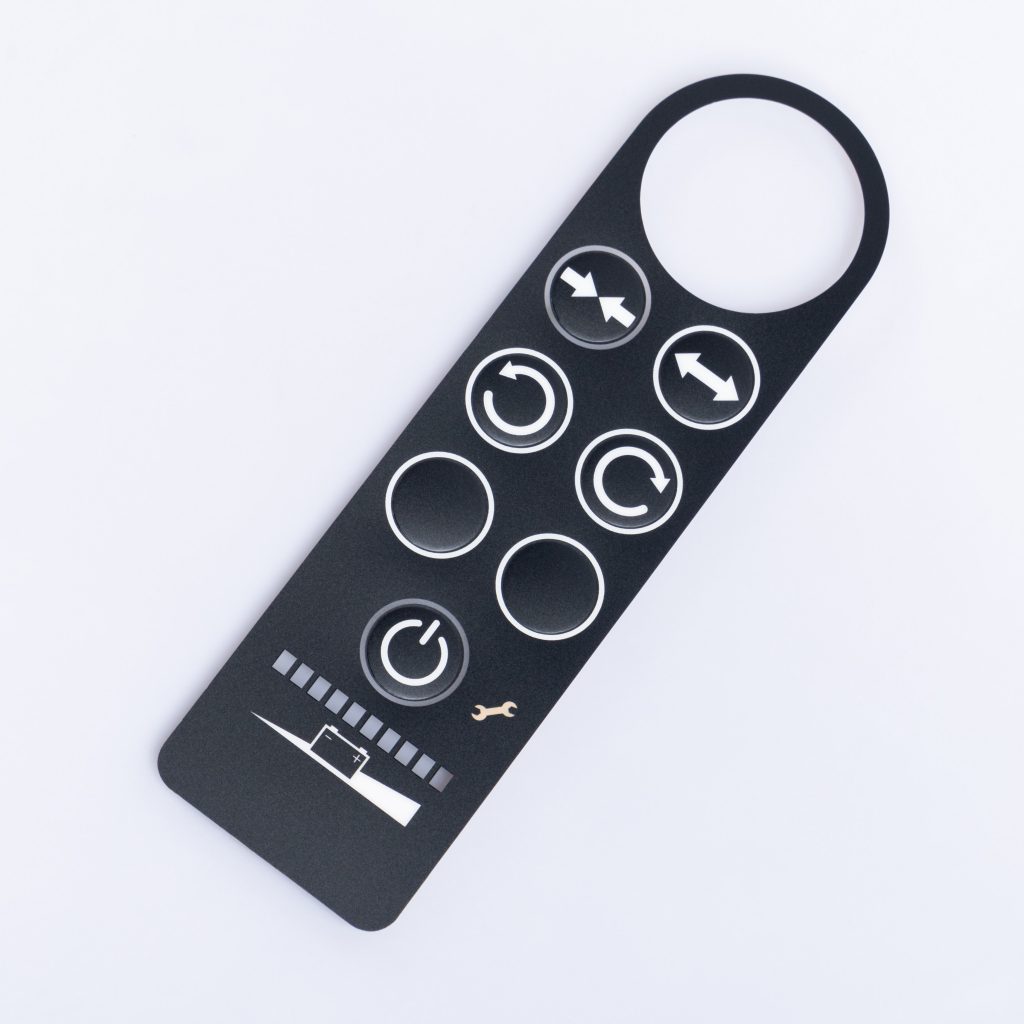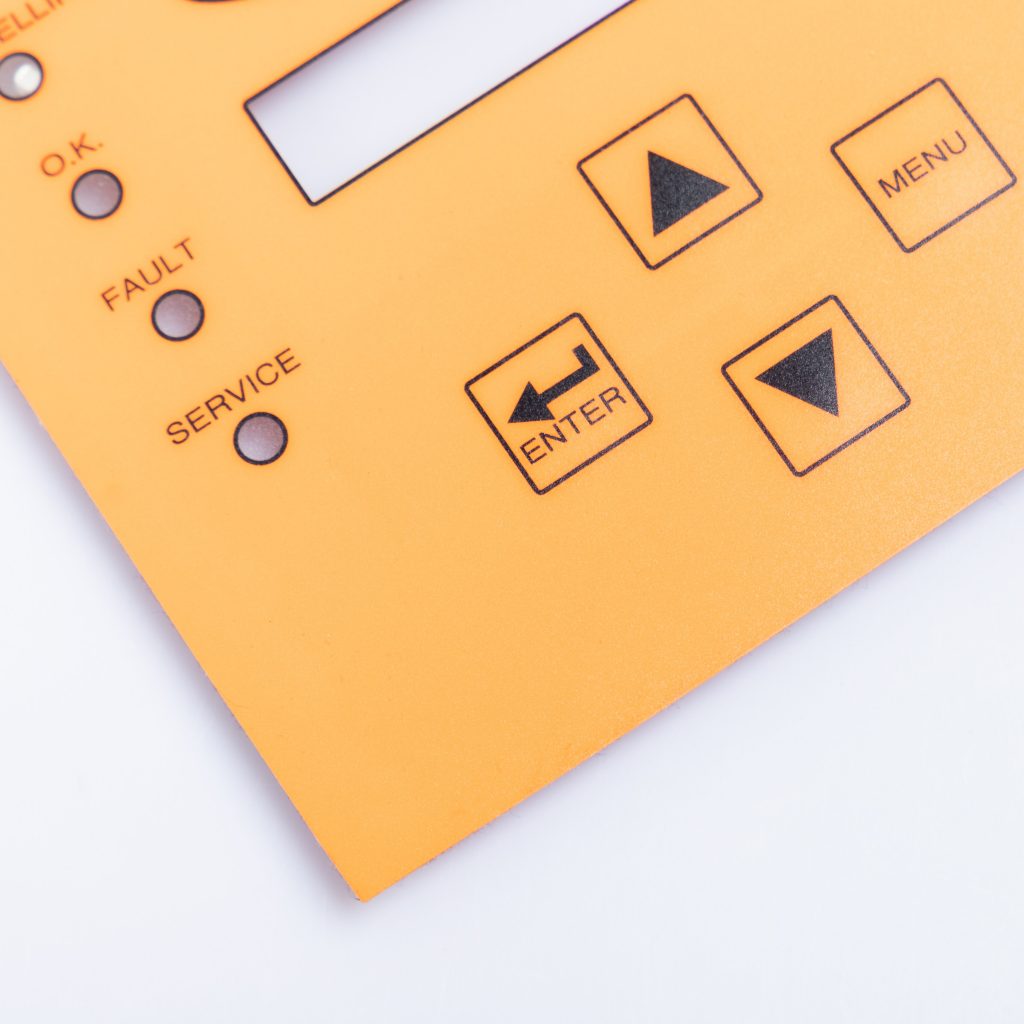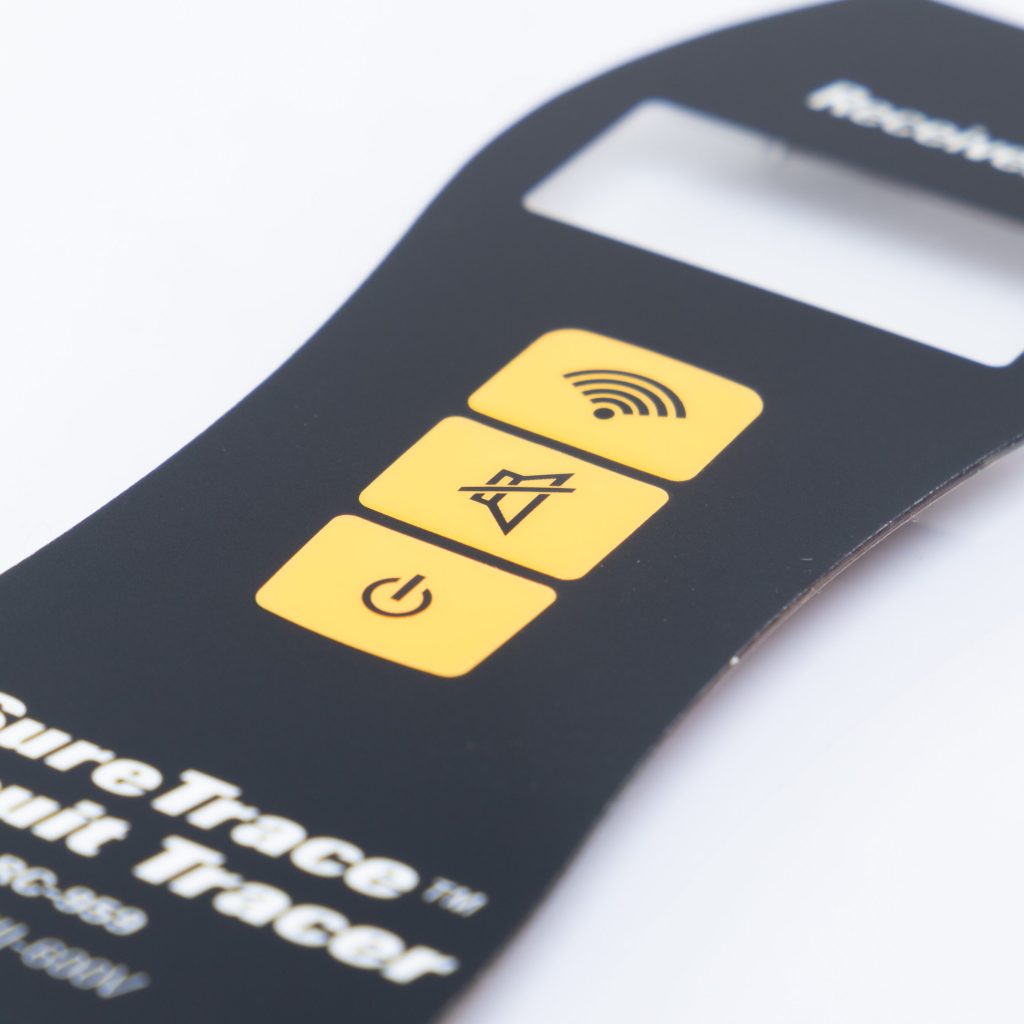Contact
Write to Us And We Would Be Happy to Advise You.
Do you have any questions, or would you like to speak directly with a representative?
By hqt
Medical devices stand at the forefront of healthcare innovation. As technology continually evolves, the interface design trends in this industry adapt to facilitate better patient care and more streamlined operations. Understanding the latest developments is pivotal for manufacturers and practitioners. Here, we dive deep into the most promising user interface trends dominating the medical devices realm.



Importance: With the global emphasis on hygiene and contamination prevention, touchless technologies are gaining ground. This trend focuses on leveraging sensors and voice commands to minimize physical touch.
Implementation: Devices are now being equipped with infrared sensors, gesture recognition, and advanced voice control capabilities. This allows medical professionals to navigate interfaces without direct contact, significantly reducing the risk of contamination.
Importance: Augmented Reality overlays digital information onto the real world. In the medical context, AR can offer real-time guidance, from surgical procedures to diagnostics.
Implementation: Devices with AR capabilities can superimpose vital data on live feeds, aiding in precision. For example, during a surgery, an AR-enabled device might project the exact location of an incision or visualize a tumor in 3D.
Importance: Not all users are alike. Adaptive interfaces adjust based on the user’s behavior, preferences, or environmental conditions, leading to more personalized and efficient interactions.
Implementation: Devices that learn from user behavior can predict frequent actions or settings and modify the interface accordingly. In an ICU setting, if a nurse frequently adjusts specific settings, the interface can prioritize these options, making them more accessible.
Importance: Voice-operated systems simplify interactions, especially when hands are occupied. These assistants are becoming indispensable in the medical scene.
Implementation: Devices are now incorporating voice assistants similar to Alexa or Siri, which can execute commands or provide information when prompted. This hands-free approach proves invaluable during surgeries or examinations.
Importance: Haptic feedback provides tactile responses, ensuring users receive confirmation for their actions without needing to visually confirm.
Implementation: Medical devices equipped with haptic technology can offer vibrations or other tactile signals when specific actions are taken. This instantaneous feedback increases confidence in device usage.
Importance: As devices store more patient data, security becomes paramount. Biometric security measures offer a higher level of protection than traditional passwords.
Implementation: Devices can now integrate fingerprint, facial recognition, or retina scanning to ensure only authorized personnel access critical information.
Importance: Complex medical data often requires advanced visualization for accurate interpretation.
Implementation: Devices are adopting 3D graphics and immersive technologies to allow medical practitioners to delve deep into scans, models, and other intricate data sets.
Importance: Medical interfaces need to be clear and devoid of ambiguity. Enhanced graphics facilitate better understanding and interpretation.
Implementation: Leveraging high-definition displays, advanced rendering techniques, and color coding ensures that data is presented crisply and understandably.
Mermaid Diagram Explanation: The diagram visually represents the various facets of medical device interfaces. From a central node representing the overall interface, the branches depict individual trends, signifying their integral nature in the current medical tech landscape.
Medical device interfaces are evolving rapidly. As the industry strives for perfection in patient care, these interface trends will remain central to advancements. By recognizing and integrating these trends, manufacturers can ensure their devices are not only cutting-edge but also aligned with the needs of the modern medical fraternity.
Do you have any questions, or would you like to speak directly with a representative?